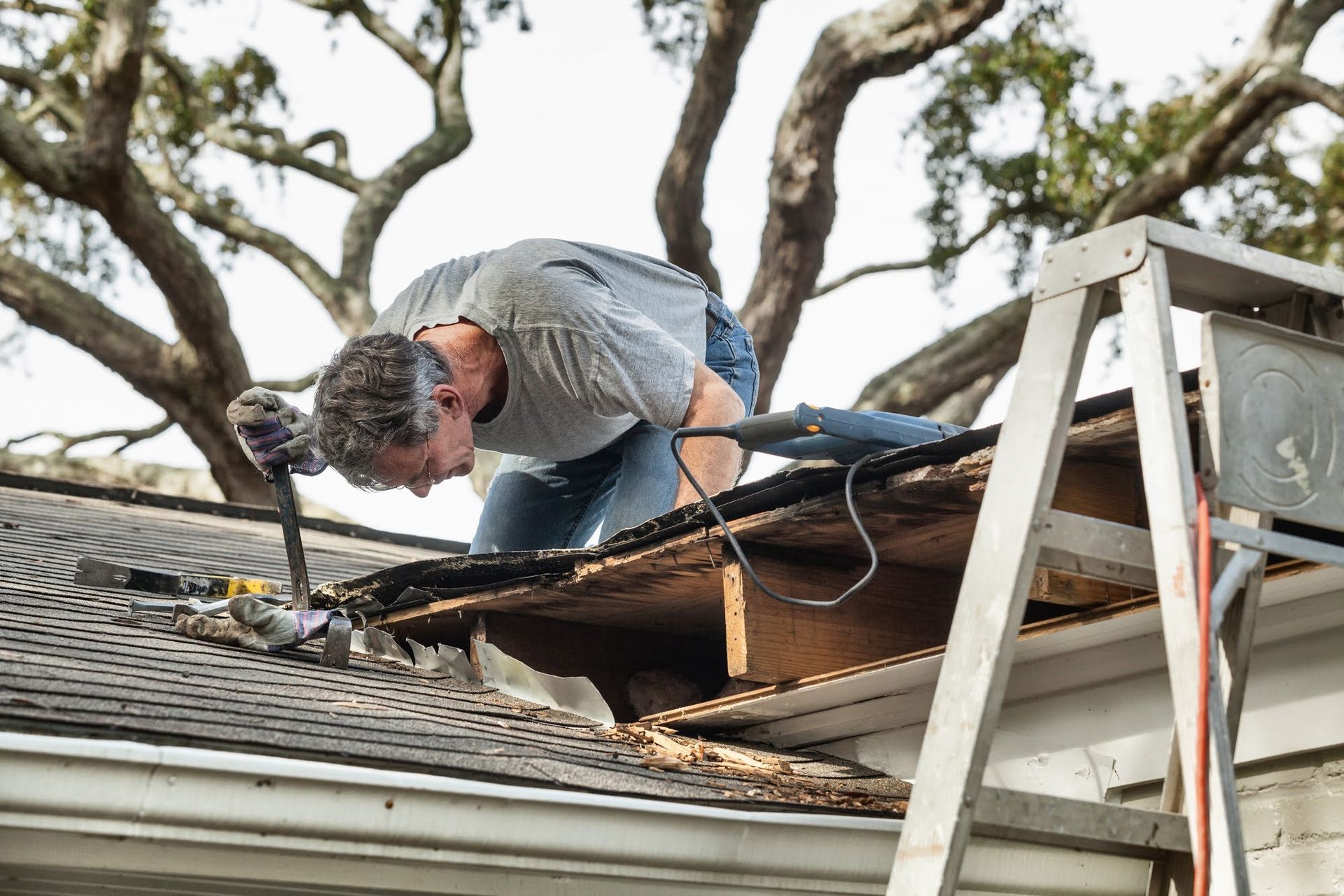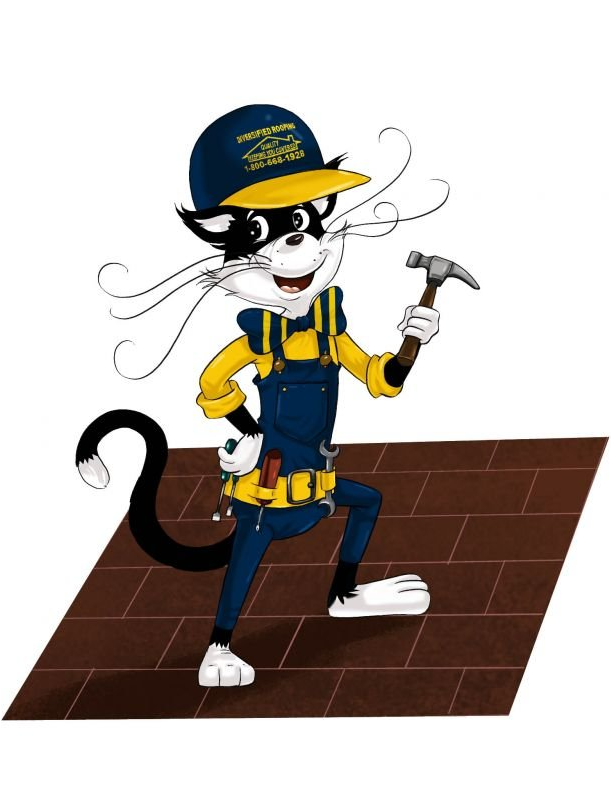Serving Washtenaw, Wayne, Livingston, Monroe, and Lenawee Counties
License #2102192457
5 Causes of Roof Discoloration

Your home’s roof has to withstand extreme pressure from the weather elements. Nevertheless, the combined actions of precipitation, wind, and sun can lead to various problems, including discoloration. If your roof is discolored, schedule repairs immediately. Read on to discover the common causes of roof discoloration.
1. Algae
Algae can appear as a dark greenish-black streak on the roof. Usually, the spot will be on the roof's north-facing side, especially if your home is in a region with high humidity. Also, the north-facing side receives less sunlight, allowing precipitation to build up on that side of the roof.
The algae problem is likely to happen on asphalt shingles because the algae will feed on the limestone in the asphalt shingles and benefit from the trapped moisture. An algae-infested roof loses its natural curb appeal due to extensive discoloration. If you don't get rid of the algae, it will eventually combine with other substances to form lichen.
One way to prevent algae is to insist on a roofing material combined with zinc or copper. The zinc or copper will prevent algae growth once it rains. However, these materials will only be effective for a short time, less than the entire lifespan of your roof.
2. Rust Stains
Metallic roof fixtures and metallic roofs are prone to corrosion and rusting. Rust is essentially iron oxide that forms from combining iron and oxygen.
The problem is especially significant if you don't maintain your roof regularly. Rust appears in the form of brown or red stains on the roof, particularly near the roof flashing and metal chimney. In addition to the discoloration, roof rusting may damage flashings and cause water leakage. Holes may also appear on the metal chimneys and can cause leakage and ventilation problems.
3. Roof Age
Each roofing material has an expiration date, and the roof will begin to lose its luster due to age. The discoloration is particularly prominent among asphalt roof shingles approaching the end of their lifespan.
As the asphalt roof ages, it will start to lose its black pigment. The result will be streaks on the shingle roof, and you may initially think that your roof has algae growth. If your roof is discolored due to aging, the best alternative might be roof replacement.
4. Tree Debris
Sometimes, stains may appear on only one section of the roof. If that section of the roof is near a tree, the discoloration may be due to debris, like rotten organic matter, sticks, and leaves. Animals living on the tree might also deposit droppings on that section of the roof, leading to discoloration. The result will be brown stains.
The decaying debris will also hold moisture that will encourage the growth of algae, moss, or fungi. Also, objects on your roof hasten the wear and tear of the top layers of the roof, leading to discoloration. You can easily get rid of the debris using a power cleaner. Regular tree trimming can also help.
5. Extractive Bleeding
Some roofing materials, particularly asphalt shingles, can experience defects after installation. The defects cause the loss of the black pigment that forms the base of the asphalt mix. This defect will start at one point of the roof before slowly spreading to other sections of the roof.
Hence, your roof will have black stains that also look like algae. The black stains will appear as streaks that run down the roof.
If your roof is discolored or has any other problems, avoid doing the repairs yourself. Instead, hire a professional roofing company, like Diversified Roofing, to work on your roof. We install, inspect, repair, and replace all types of roofs. Contact us for more information.









